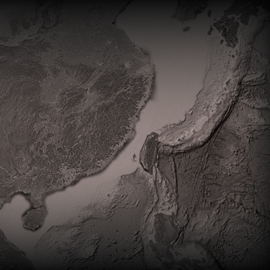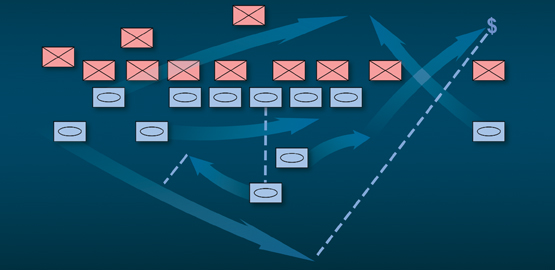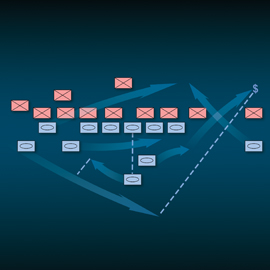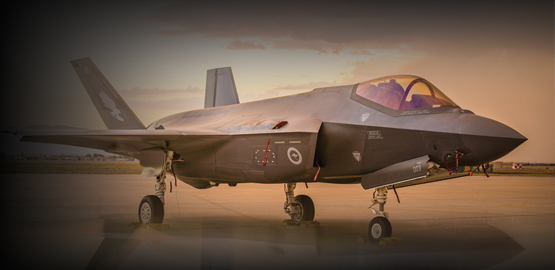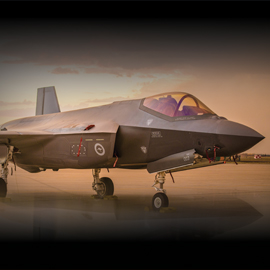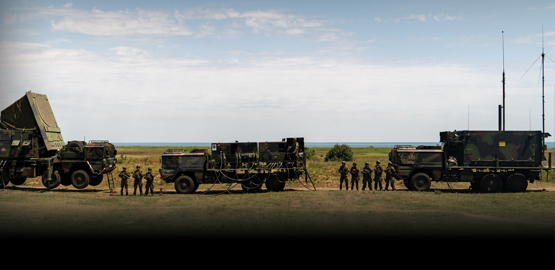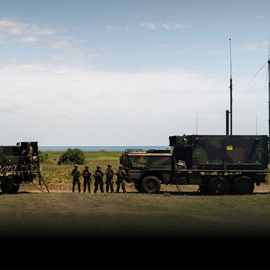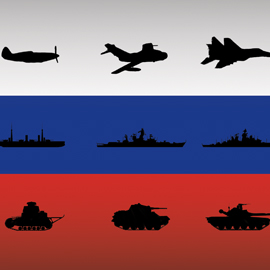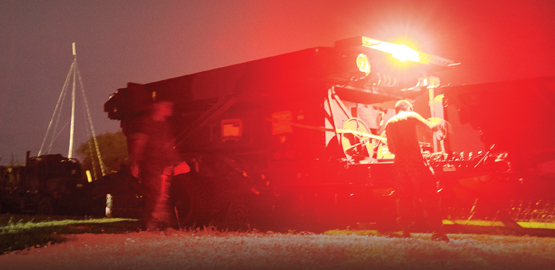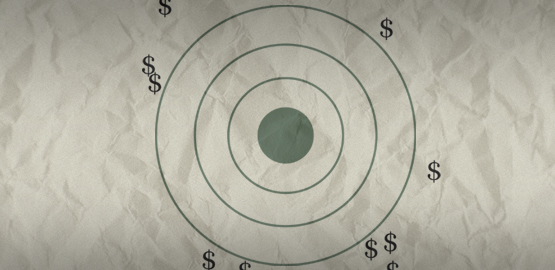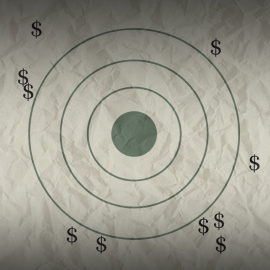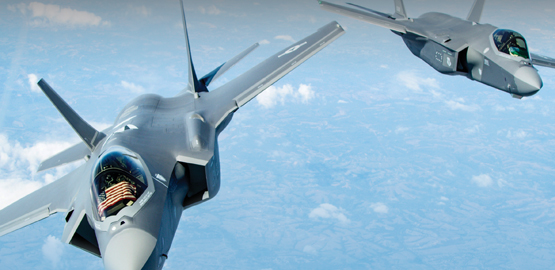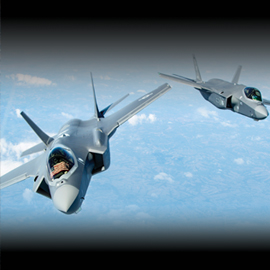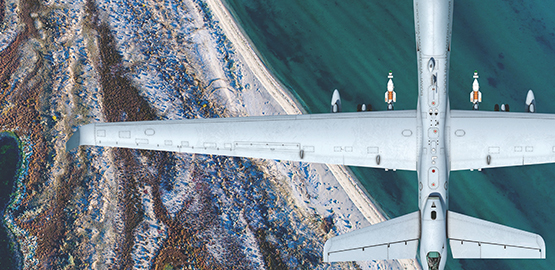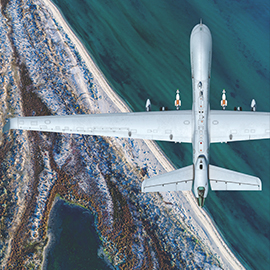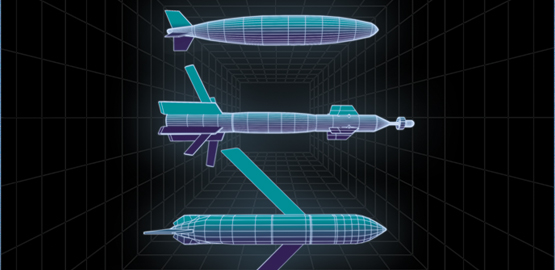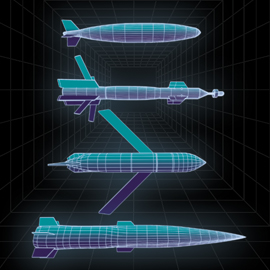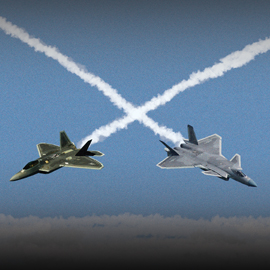Publications
"Nobody does defense policy better than CSBA. Their work on strategic and budgetary topics manages to combine first-rate quality and in-depth research with timeliness and accessibility—which is why so many professionals consider their products indispensable." – Gideon Rose, Editor of Foreign Affairs, 2010-2021
Extending Deterrence by Detection: The Case for Integrating Unmanned Aircraft Systems Into the Indo-Pacific Partnership for Maritime Domain Awareness
In May 2022, the “Quad” nations — the United States, Australia, Japan, and India — announced the creation of the Indo-Pacific Partnership for Maritime Domain Awareness (IPMDA) to monitor illegal fishing, humanitarian crises, maritime security, marine conservation, and related issues in the region. IPMDA’s most significant activity involves disseminating unclassified data collected by commercial satellites to improve the common operating picture of participating nations and bolster information sharing across regional fusion centers, including in India, Singapore, the Solomon Islands, and Vanuatu.
The Decisive Decade: United States–China Competition in Defense Innovation and Defense Industrial Policy in and Beyond the 2020s
In the long-term competition between the United States and China, the competitive edge will be decided not only by who more effectively fields current capabilities and strategies, but also by which state's techno-security system can most effectively develop and field new technologies for strategic, dual-use, and defense applications. Although both states recognize the need to prevail in the techno-security competition, the two have drastically different approaches to defense innovation and defense industrial policy.
2022 Annual Report
For nearly three decades, CSBA has provided consistent, high-quality, and innovative research on defense strategy, budgets, and the security environment.
Big Centralization, Small Bets, and the Warfighting Implications of Middling Progress: Three Concerns about JADC2’s Trajectory
Warfare has always been a contest of incomplete information and imperfect control, with each side straining to find the enemy in an unfavorable position and coordinate his destruction. Although the technologies used to surveil, communicate, and attack have changed throughout history, the advantages gained from scouting and synchronizing more effectively than one’s opponent have endured. Stripped of its jargon, the Joint All-Domain Command and Control (JADC2) vision of integrating sensors and shooters comprises merely the latest Pentagon effort to provide U.S. forces with the timeless military advantages of superior information and control. This basic thrust of JADC2 represents a vital objective worth pursuing – even if the idealized outcome, fully integrated C2, likely remains as unattainable today as when the epigram appeared 60 years ago.
Testimony to the Strategic Forces Subcommittee of the Senate Armed Services Committee on Regional Nuclear Deterrence
On March 28, 2023, CSBA Senior Fellow and Director of Research and Studies, Dr. Evan B. Montgomery, testified before the United States Senate Committee on Armed Services' Subcommittee on Strategic Forces regarding regional nuclear deterrence.
Innovating for Great Power Competition: An Examination of Service and Joint Innovation Efforts
Following nearly two decades of counterinsurgency in the Greater Middle East, the United States Department of Defense finds itself looking to the Cold War for lessons on how to adapt to the operational challenges presented by China and Russia. To modernize its platforms, doctrine, and force structure to compete with and defeat 21st-century great power competitors, the military services and the Department of Defense as a whole are seeking to promote conceptual, organizational, and technological innovation within the U.S. armed forces.

